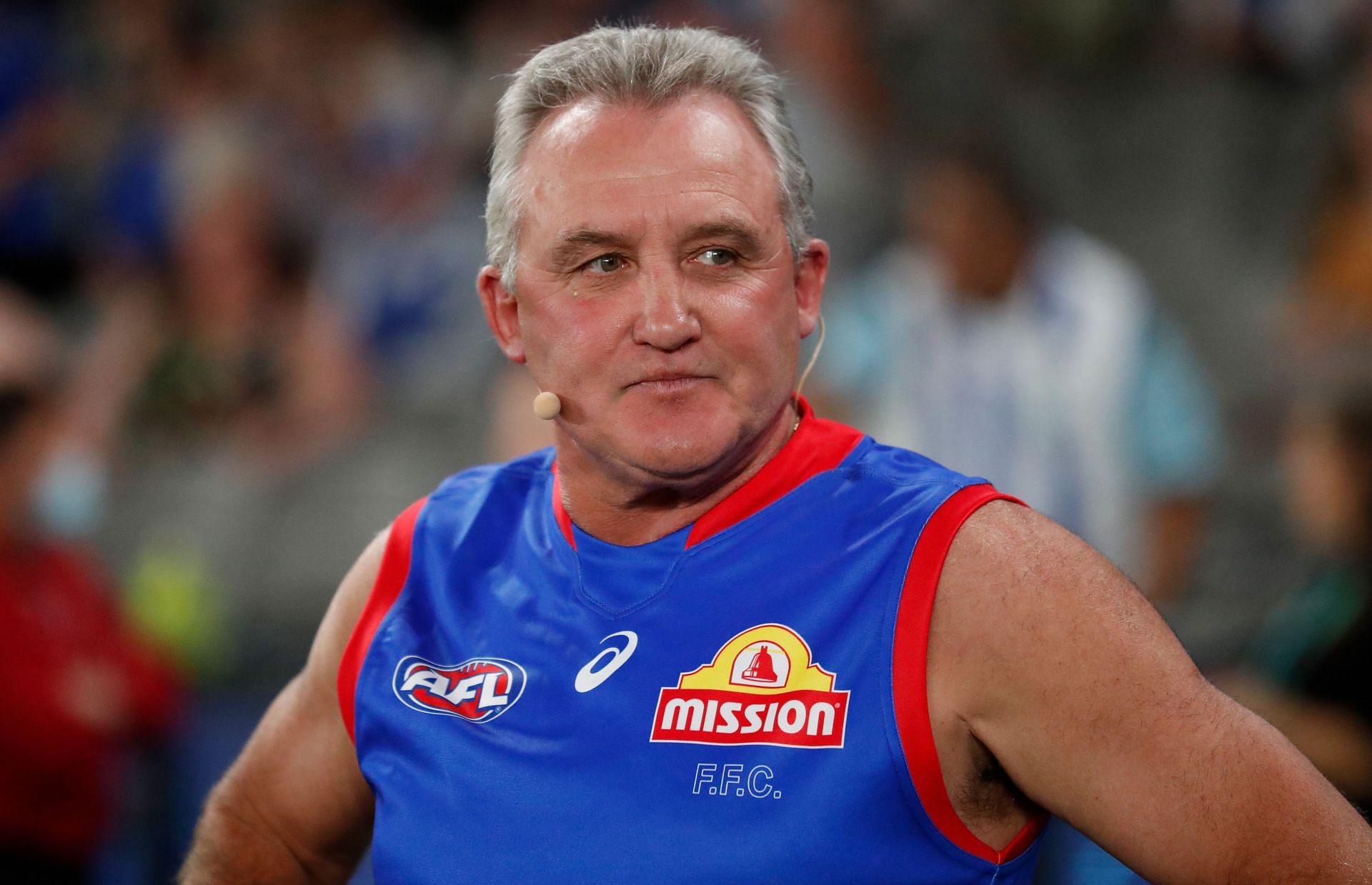
Top 5 greatest players in Western Bulldogs history
The Western Bulldogs, founded in 1877 as Footscray, have played a big part in the VFL/AFL story. Contributing to the club’s greatness are some exceptional players who have left an indelible mark on the club and the league at large.
Selected for their extraordinary service, exceptional achievements, and exemplary character, below are five of the Western Bulldogs’ legends.
5 greatest players in Western Bulldogs history
1. Doug Hawkins (1978–1994)
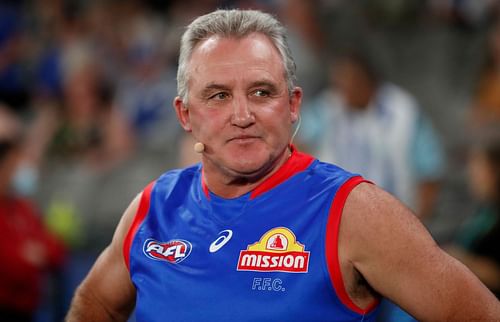
One of the Bulldogs’ most adored players. Hawkins debuted in Round 1 of the 1978 season in a match against the North Melbourne Kangaroos, in which he made seven disposals and kicked a goal.
The ‘Hawk’ as he is fondly referred to, established a firm reputation as an elite wingman in his time. His superb skill earned him two VFL Team of the Year memberships (1984, 1986), and a place in the Victorian State of Origin team four times (1982, 1984, 1985, and 1989). He won the club’s Best and Fairest Award in 1985.
Hawkins served as captain of the Bulldogs for four seasons (1990-1993) and won the club-leading goal kicker award in 199. He played both half-back and up-forward roles. Breaking Ted Whitten’s long-standing 321 games record, he set in its place a club record of 329 games.
Doug Hawkins was inducted into the AFL Hall of Fame in 2004, and into the Footscray/Western Bulldogs Hall of Fame in 2010.
2. John Schultz (1958-1968)
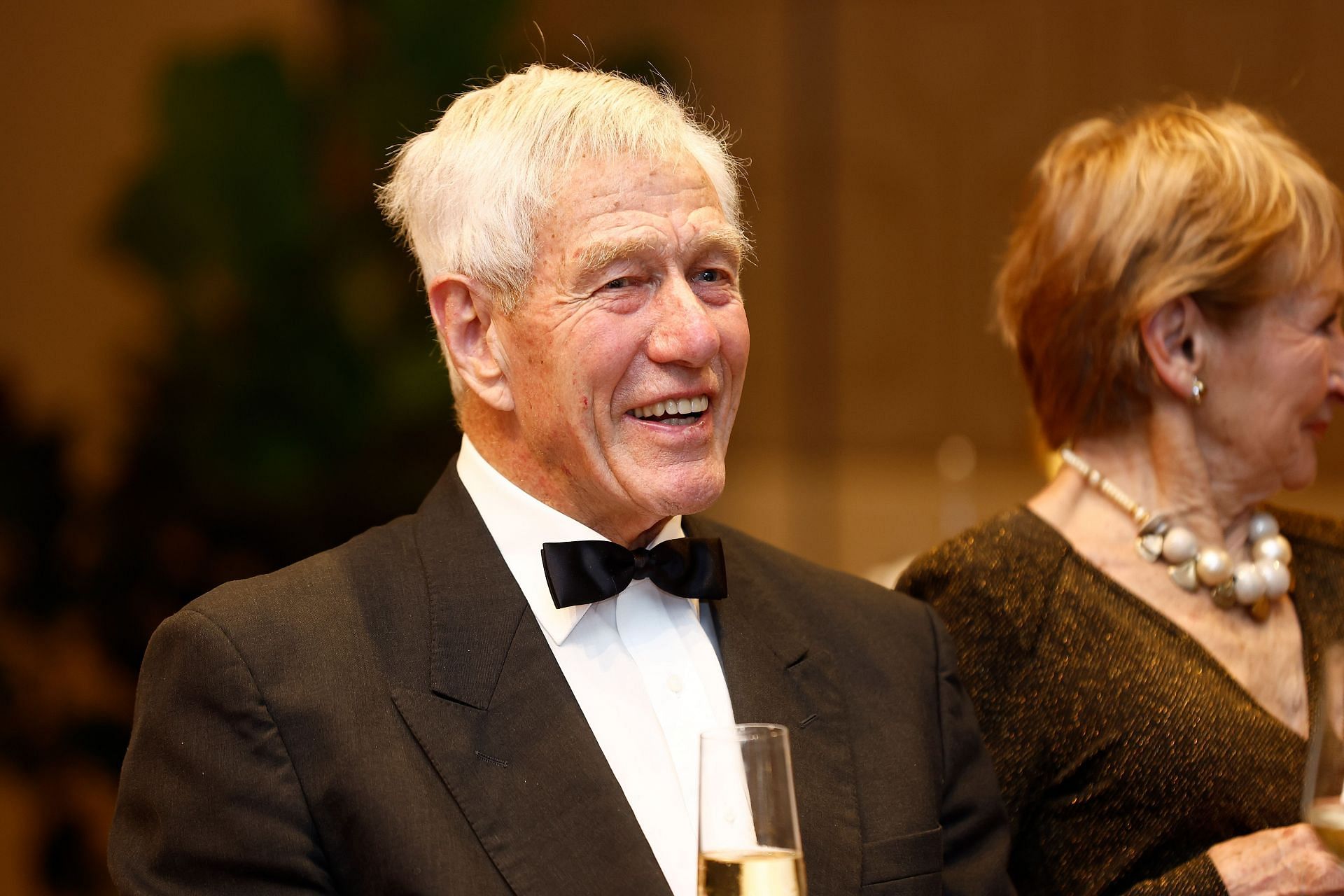
Arguably the best ruckman of the 1960s, John Schultz stuck with the Western Bulldogs for 11 seasons, within which he kicked 37 goals and played 188 games. Fondly known as ‘Gentleman John,’ he was indeed a fair gentleman and a neat mark, who won the club’s ‘Best and First’ and ‘Most Determined’ player in his very first season. In the same year, he earned a state selection as a representative of Victoria, the first of 24.
In 1960, he won the Brownlow Medal and his first of five club Best and Fairest awards (1960, 1962, 1964, 1965, 1966).
Among many of his achievements, Schultz won the club’s Most Consistent Player award three times (1961, 1963, and 1967), five Charles Sutton Medals (1960, 1962, 1964, 1965, 1966), an AFL Hall of Fame induction (1996) and played in Footscray’s first three premierships (1963, 1964, and 1967). One of the five bays of the E.J. Whitten Stand at the Western Oval is named after him.
3. Charlie Sutton (1942, 1946–1956)
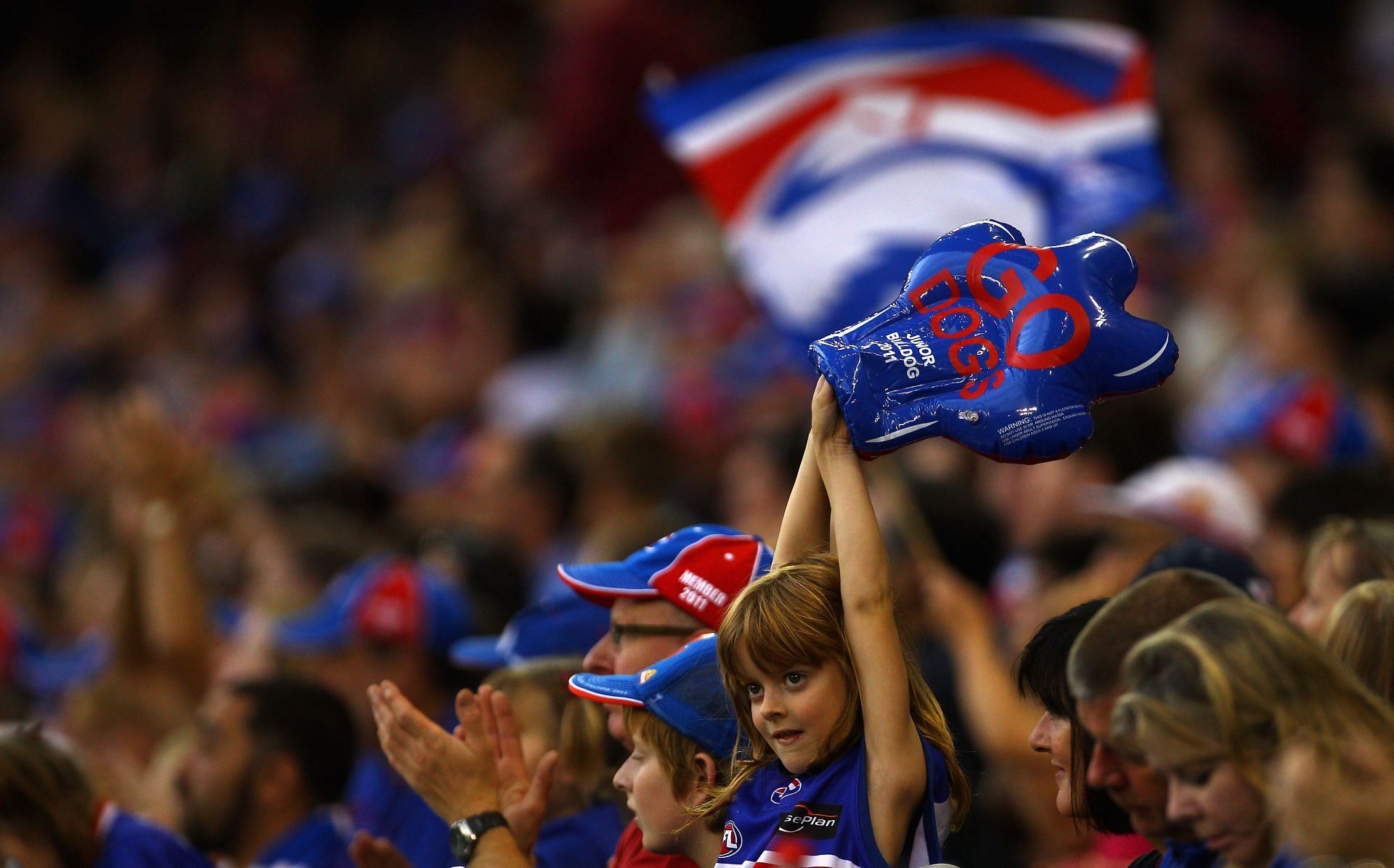
Whether it was the half-forward flank, the backline, or roving, Sutton excelled wherever he was placed on the field. He debuted for the Western Bulldogs in 1942 and went on to lead the Bulldogs to their first VFL premiership in 1954 as captain-coach.
Following his retirement from a playing career that earned him a Best and Fairest (1950), All-Australian selection (1950), 18 state game selections, and a spot in the AFL Hall of Fame (1996), Sutton went on to serve as Footscray’s Club President from 1978 to 1981.
4. Ted Whitten (1951–1970)
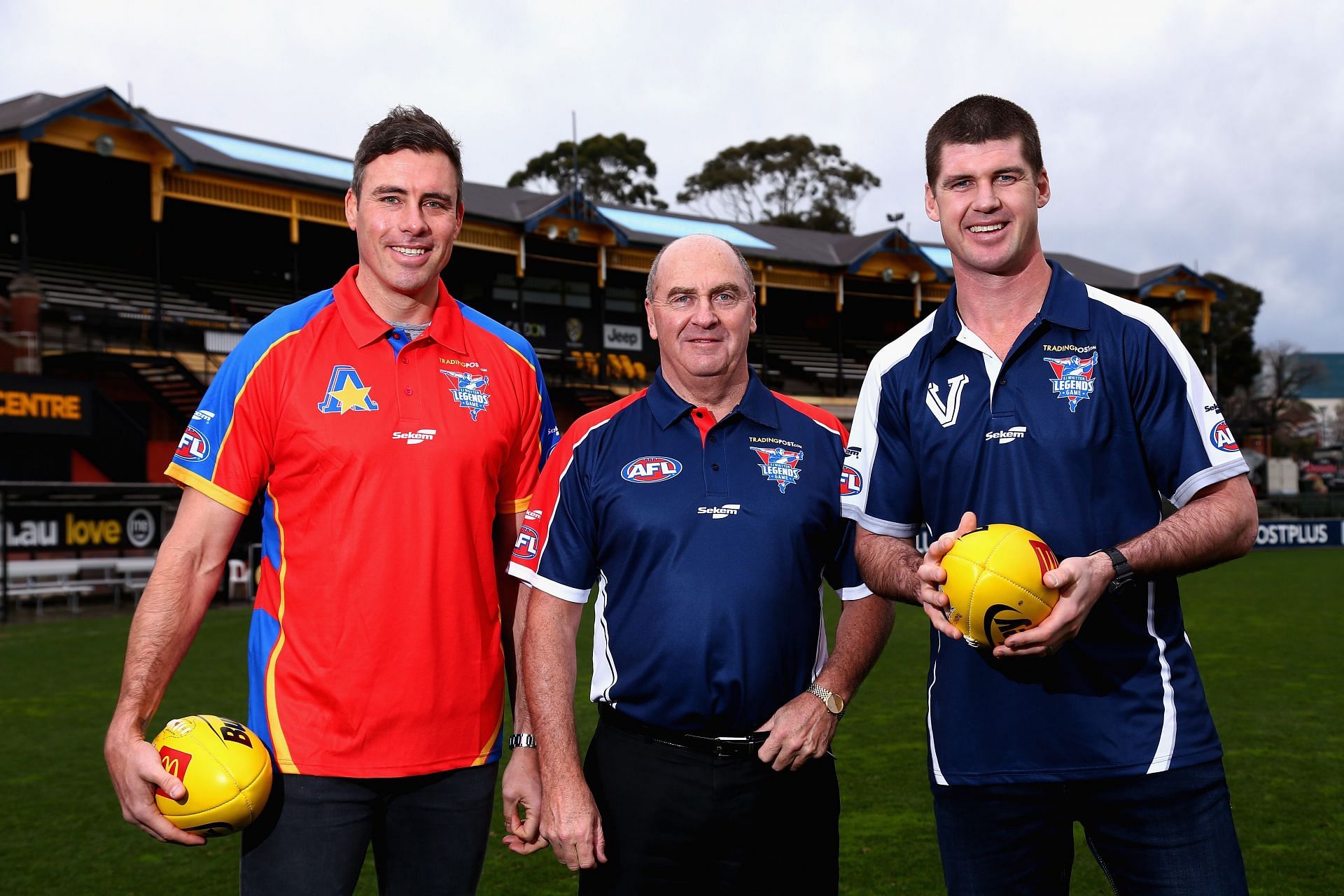
Whitten played 321 games, a VFL record in a career that spanned a remarkable 20 years. He played center-half-back for the 1954 premiership and coached the club to a Grand Final in 1961. He captained the Western Bulldogs (then Footscray) through 212 games and coached them through 228.
Whitten was named captain of both the Bulldogs and AFL’s Teams of the Century. He holds a legend's status in the AFL Hall of Fame, which he was inducted into in 1996.
5. Chris Grant (1990–2007)
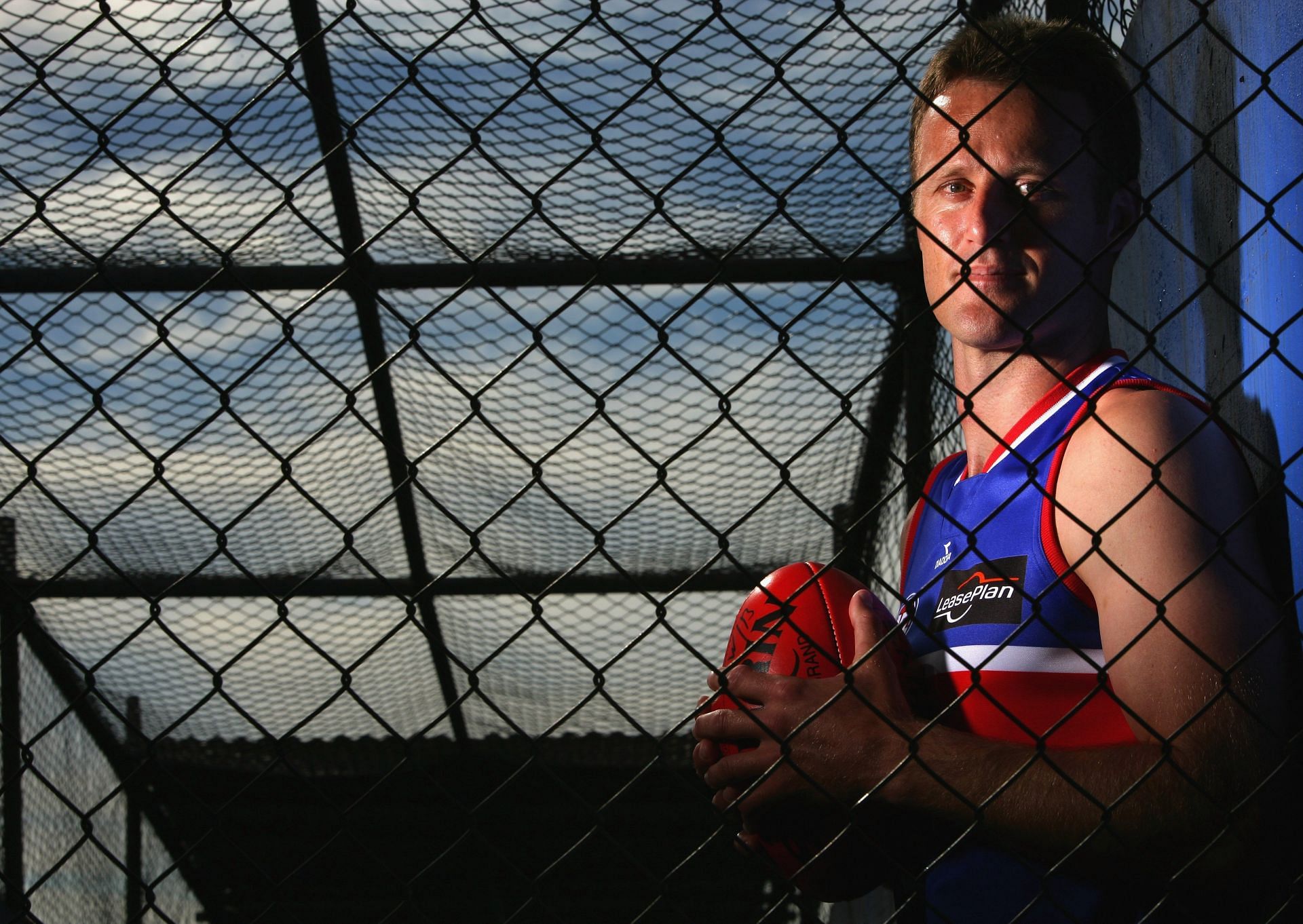
For 18 seasons, Chris Grant built an incredible career at Footscray. He arrived in 1989 and would retire in 2007.
From a frail 17-year-old debutant, Grant grew into the youngest player in the history of the AFL to kick 50 goals in a season. Eventually, as his form matured, he moved to center-half-forward and won the club's goal-kicking award with 74 majors. In 1996, he would prove to be quite the versatile player, excelling in his role as center-half-back.
He played a then-club record 341 games, kicked 554 goals, captained the Western Bulldogs between 2001-2004, copped three All-Australians (1997, 1998, 1999), polled 112 Brownlow votes, and was inducted into the AFL Hall of Fame in 2012.